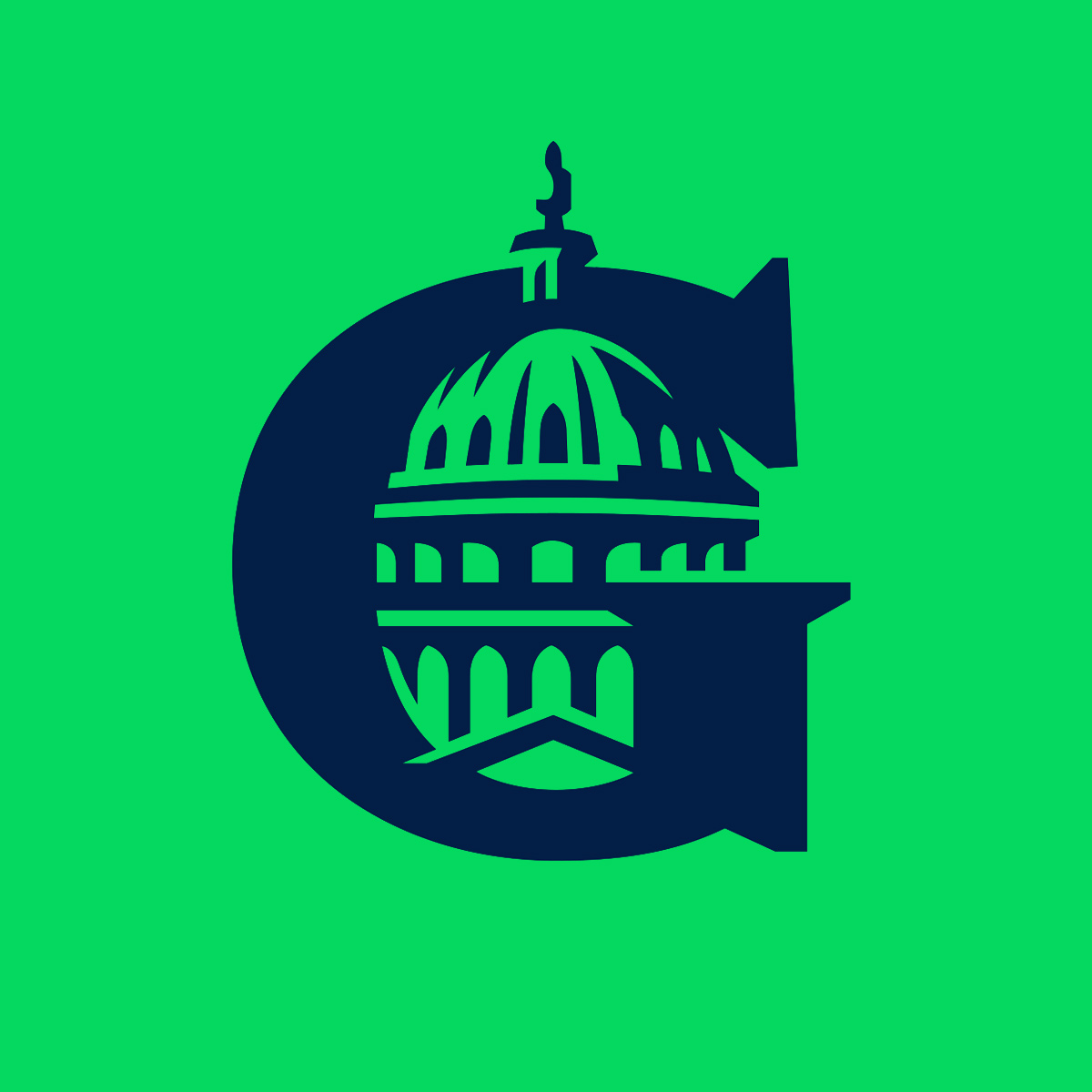Congress and the Appropriations Quagmire
Congress is Stuck
The outlook is not looking good for closing out the FY24 appropriations process with a bipartisan deal by January 19 and February 2, when current funding measures expire. Here’s why.
May’s Fiscal Responsibility Act agreement that was signed into law — that led to the demise of Kevin McCarthy’s (R-CA) speakership and 22 days without any speaker — was rejected by the GOP last fall. Instead, GOP leadership under new Speaker Mike Johnson (R-LA) opted to cut spending by another $100 billion in their version of the 12 annual appropriations bills. Democrats balked, which led to the House only passing seven of the 12 bills with some bills yanked from the floor as leaders saw they could not garner the votes for passage, such as the funding bills for Agriculture-FDA and Departments of Health, Education and Labor.
Meanwhile the Senate used funding levels most could agree on and passed bipartisan bills out of committee, bringing and passing three in a minibus bill in November. The rest have yet to be brought to the floor.
The Choice
Now Congress needs to decide what to do to wrap up FY2024 as we are already over three months into the current fiscal year and FY25 work needs to begin soon.
Speaker Mike Johnson has proposed to his inner circle a year-long Continuing Resolution (CR), which would cut roughly $100 billion from spending with three-quarters of it on the non-defense side. This also would eliminate the over 1,000 Community Project Funding/Congressionally Directed Spending projects placed in the 12 appropriations bills specifically for constituent nonprofits and local municipalities as we head into the November elections. Democrats are fighting to avoid this and want to negotiate based on the law enacted in May. Some Republicans feel the same but disagreement within the party is stalling the process.
A final consideration is a small piece of May’s Fiscal Responsibility Act with big consequences is the requirement that a 1% across-the-board cut of $50 billion-plus would kick in starting in April if there’s another short-term CR that doesn’t run through September 30. And those cuts would be more severe for DoD.
What to Expect
On January 19 a partial government shutdown looks very possible. Congress can negotiate and complete by February 1 with minimally damaging impact on the agencies and all the services the public relies on. However, if no deal is made by February 2 and punting to April 1 with short-term CRs ensues, buckle up for a rough ride. This will make the FY25 process impossible to start Q1 and push it out to the summer or longer. It would delay all federal grant programs, SBIRs, CDMRP, NSF and numerous funding sources from being able to fund new projects. And of course, there is significant impact on businesses and nonprofits relying on government funding and systems that in turn can spur an economic downturn.
Because the consequences are so severe my bet is a deal will be hatched that no one loves but keeps government functioning — but only after much painful soul searching within each of the parties that will play out in the 2024 elections.


